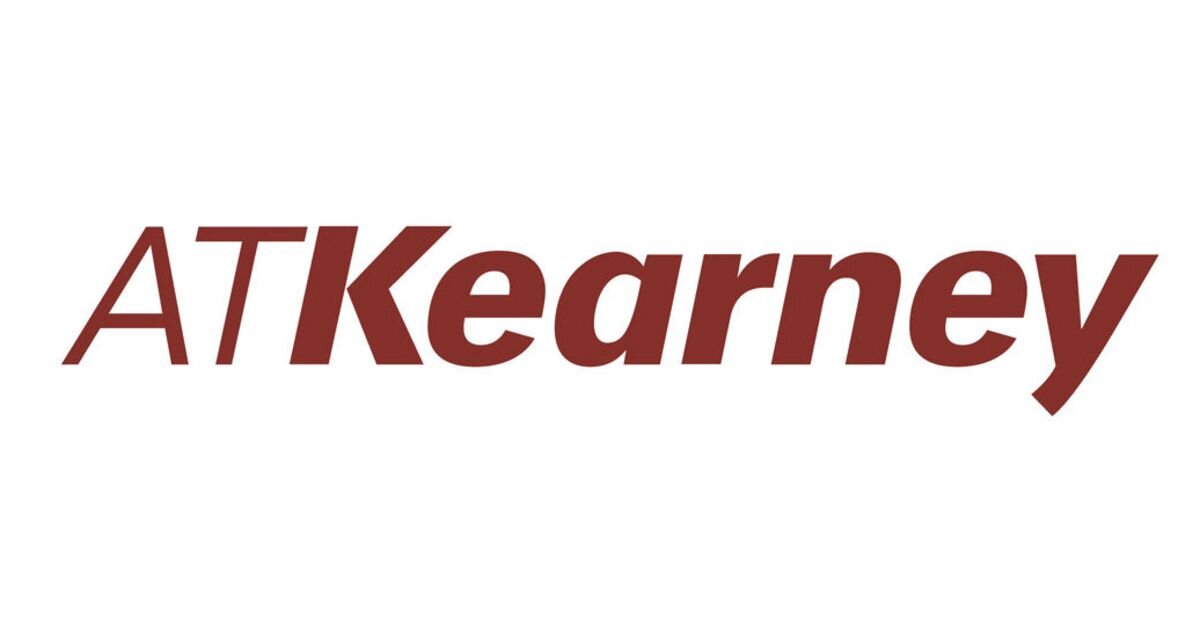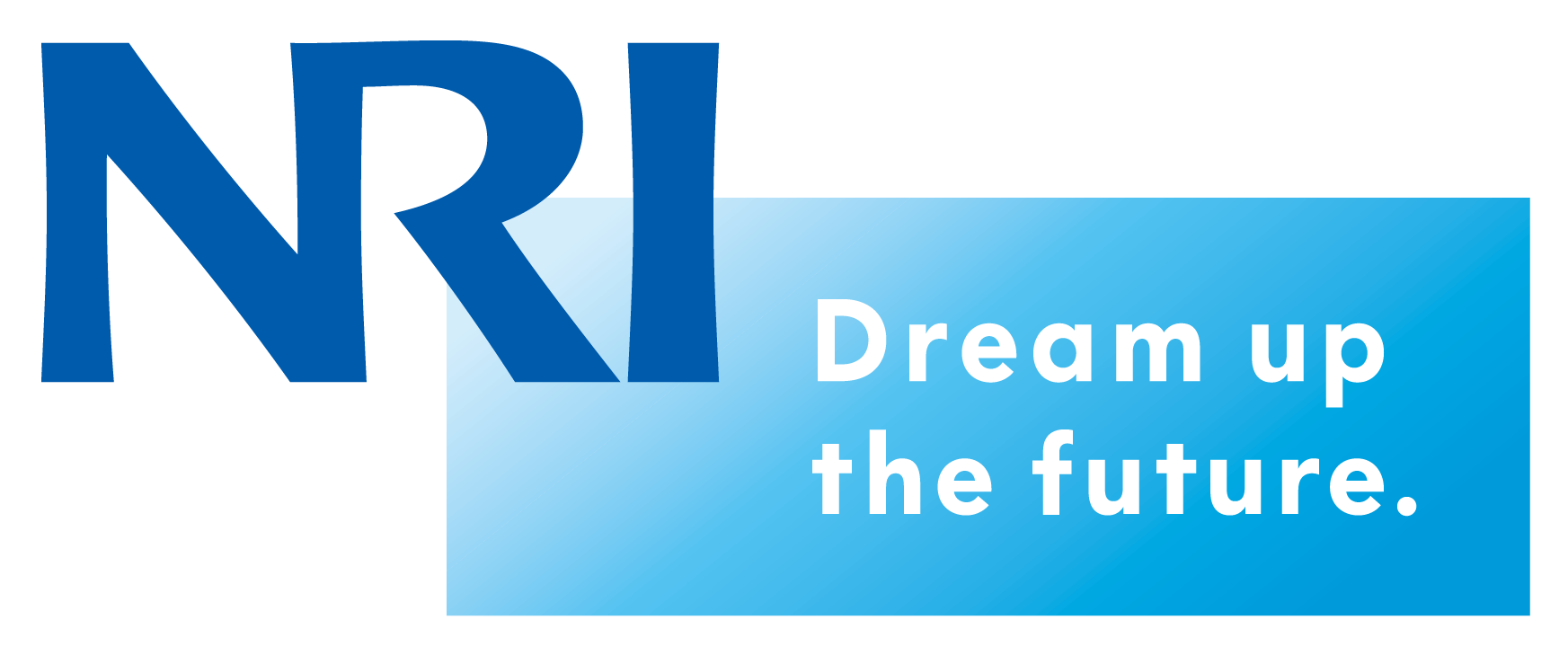Working Groups 2018-2019
The 2018-2019 Working Groups Cycle was the first year that Blockchain Labs was a full MIT course. Due to the success of our first year we had in increased number of research projects. All Projects resulted in a written report during this Cycle.
Projects:
Blockchain and AI applied to Supply Chain with ATKearney
Healthcare Applications with Boston Consulting Group (BCG)
Digital Fiat Currencies with Boston Consulting Group (BCG)
Reliability and Consensus Protocol with Deloitte
Blockchain Interoperability with Deloitte
UTreeXO Wallet with Digital Garage (DG)
Stablecoins, Decentralized Exchange and Security Tokens with Fidelity
The Economics of Mining with Fidelity
Decentralized Cryptographic Darkpool with Fidelity
Applications of b_verify with Inter-American Development Bank (IADB/IDB)
Trusted Oracles for Smart Cities with Monetary Authority of Singapore (MAS)
Token Quality Based on Source Code with Monetary Authority of Singapore (MAS)
Social Capital and Blockchain with Nomura Research Institute (NRI)
Blockchain and AI applied to Supply Chain
Emerging technologies such as AI, blockchain and IoT are changing the way our supply chains operate. Combined together these advanced technologies are set to turn the industry on its head. In particular the combination of blockchain and AI offers great potential. Blockchain is the key underlying component that enables the verification and validation of the data across the supply chain, and the creation new types of cross-organizational datasets. AI is the algorithm that can be used on these new datasets to deliver new types of insights. This project focuses on the supply chain for retail and consumer products. Research on the topic with AT Kearney experts.
Project goal / Research question
What is the state of the digital supply chain?
What types of AI algorithm should we build and how should we be organized to capture the value of these innovations and rapidly respond to changes (sense and pivot)?
Build an AI algorithm suited for a blockchain-based cross-organizational dataset
Outcome: Paper
Healthcare Applications
Amongst industries, health care is often seen as an industry that lends itself well to typical applications based on blockchain technology. Whether the tracking of goods (e.g. organs) through a supply chain or managing personal health records – blockchain may provide attractive technical features to support as a data base. Start-ups and corporates alike have started to prove this concept by running pilots or setting up for a commercial journey. In this working group, we focus on potential use case cluster in health care and identify most promising applications of blockchain in this field.
Project goal / Research question
Identify use case clusters for blockchain technology in health care
Provide an overview of start-up and corporate venture activity in this space
Assess the feasibility, desirability and viability of most promising examples
Outcome: Paper
Digital Fiat Currencies
Explore the implementation of digital fiat currencies and analyze their impact on the economy as an alternative form of payment. On the technical side, work with engineers to develop architecture and open source protocol for their implementation and interoperability. On the business side, engage with central banks and private actors to design use cases.
Project goal / Research question
Assess the opportunity for digital fiat currencies leveraging blockchain technology
Understand the regulatory framework and potential other challenges for implementation
Summarize the feasibility, desirability and viability of the use case
Outcome: Paper
Reliability and Consensus Protocol
Many stakeholders rely on the design and implementation of a Blockchain’s consensus protocol. These stakeholders include Blockchain software developers, ICOs, consortia, investment funds, digital currency exchanges / wallets, others in public / private. There are many risks to consider but those around Governance will be key (what happens when there are intended or unintended changes or when governance breaks down?). There needs to be a commonly accepted framework for assessing risk and reliability for existing and newly proposed consensus mechanisms. Research on the topic with Deloitte experts.
Project goal / Research question
Develop a framework to assess the reliability of a blockchain consensus protocol
Outcome:Paper
Blockchain Interoperability
A major question and area of concern of blockchain within the Enterprise space is the use of blockchains creating vendor lock in and/or leveraging one technology only to find the majority of participants embrace an alternative leading to the need for switching and perhaps creating competitive disadvantage. This is analogous to the early days of the internet when the view was there would be individual Intranets but the challenge was how to enable the individual platforms to interact efficiently and securely.
Project goal / Research question
Research protocols and how easily the consensus method can be modified or changed? Are there any protocols that support pluggable consensus and if so does this create points of vulnerability, failure, or bottlenecks for transaction speed?
What is the future of blockchain for interoperability among individual chains? For example, what is the timeline and likelihood that solutions in Supply Chain, for example, built on Ethereum and Hyperledger will be able to effectively and seamlessly interact? What is the likely timeline for such capabilities?
How to allow different permissioned blockchains which issue keys at different levels (e.g. node/user) to cross-authenticate each other's transactions? How to guarantee data written in one chain as an immutable record are also committed in another chain?
Outcome: Paper
UTreeXO Wallet
One of the biggest challenges in scaling Bitcoin mass adoption is the current complexity involved in running a full node. Installing a full node requires significant storage space and can be difficult to run for a user with no computer science experience. The DCI is working on a project, UTreeXO, to reduce the storage needs for full nodes, which could enable full nodes to run on smartphones.
Project goal / Research question
Understand the technical underlying aspects of UTreeXO and analyze potential benefits
Build a UTreeXO Wallet
Outcome: Paper
Stablecoins, Decentralized Exchange and Security Tokens
Stablecoins, decentralized exchange and security tokens have recently emerged as new promising applications in the crypto ecosystem. Research on the topic with Fidelity experts.
Project goal / Research question
Perform a comprehensive industry primer for each of these topics, which should include:
Definition, market size and industry trends
Major players and competitive landscape
Implementation designs
Identify and analyze successful use cases for each of these topics
Outcome: Paper
The Economics of Mining
The economics of mining are quite complex. On one side of the equation we have costs that include hardware, and electricity; on the other side we have income in the form of block rewards and transaction fees. The income side of the equation is particularly interesting because, for many cryptocurrencies, the block reward will eventually disappear. This evolution of the block reward means that a combination of falling costs, increasing fees, and increasing asset prices will need to keep miners incentivized. Moreover, it is important to consider the energy consumption of cryptocurrency mining and potential synergies with clean energy production in the long term.
Project goal / Research question
Major Part: Conduct research and create models for fee market and asset price evolution over time to maintain sustainability for miners:
A model for Bitcoin taking into account the fee market, BTC price, and falling block reward. What conditions could lead to a collapse?
A generalized model for other assets.
How far could costs be pushed down?
Identify and analyze successful use cases for each of these topics
Minor Part: Review existing research on energy consumption at global scale and sustainability of cryptocurrency mining.
Outcome: Paper
Decentralized Cryptographic Darkpool
Users often wish to compute something without harming their privacy by revealing more information than is necessary for the task. A common example that exists in financial markets is when large orders can move the market.
Project goal / Research question
In this project, we will explore creating a “Decentralized Cryptographic Darkpool” which can be operated in the open (all participants seeing all data, or sensitive data hidden behind zero knowledge proofs or multiparty computation), possibly using a blockchain, but removing the problems associated with spoofing and front-running through cryptography.
Outcome: Paper
Paper to be published shortly
Applications of b_verify
One of the more promising use cases of blockchain technology involves the development of secure digital registries for property title and smart contracts. This will continue the development of b_verify, an open-source protocol developed by the MIT Media Lab. Together with IDB experts, the working group will focus on identifying potential applications for b_verify.
Project goal / Research question
Research use cases for b_verify
Outcome: Paper
Traceability of Agricultural Products in Latin America
In Latin America and the Caribbean (LAC), 127 million tons of food are loss or wasted every year. 1/3 of total production for human consumption. This phenomenon takes place throughout the supply chain: 28% during production, 17% at storage and transportation, 6% at processing; 21% at distribution, and 28% at consumption.
Project goal / Research question
The goal of the project (working group) is to research the potential of blockchain-based applications to reduce food loss and waste in LAC. The project would work around four areas: innovate applications, policy, knowledge and behavior.
Outcome: Paper
Trusted Oracles for Smart Cities
There is an increasing interest in DLT. The immutable and distributed nature of DLT makes it useful for potential application in a smart city where there exists a large number of interconnected devices. How can we identify, develop/promote key areas in a smart city such as finance, government services, transportation, energy, healthcare, public safety and education in a sustainable fashion? What are the challenges involved?
Project goal / Research question
Oracles are trusted data feeds that sends information into the Smart Contract, removing the need for Smart Contracts to directly access information outside their network. Oracles are usually supplied by third parties and are authorized by companies that use them.
The dependency on Oracles in Smart Contracts and the security challenges it poses give rise to a potential opportunity in this space. We would like to explore possible ways that can be used to determine the trustworthiness of an Oracle. And how these can be extended to various application verticals given the use of Smart Contract.
How to secure the inputs (oracle trustworthiness) given to these blockchain verticals?
Outcome: Paper
Token Quality Based on Source Code
Source code may determine how a particular software will behave. Similarly, smart contract may determine how tokens are issued, traded, and retired. Could we explore the possibility of classifying token quality based on source code?
Project goal / Research question
Identify source code features and highlight differences between source code of utility token and security tokens
Identify source code features to determine token quality (e.g. number and frequency of commits to github, number of contributors, time/comments before merging pull request) and formalize signals about quality
Elaborate a technical framework to assess token quality
Outcome: Paper
Social Capital and Blockchain
To better understand and improve the quality of our lives, there has been a need for measuring non-economic capital such as social capital and natural capital in addition to economic capital. Quantifying non-economic capital, however, is not easy and has not been widespread. Researchers at the MIT Media Lab and NRI have proposed a system where any individual can start measuring their social capital, specifically focusing on friendship, turning them into a real-world asset that enables improving their economic well-being, while preserving individual privacy and security. In order to implement such system, blockchain technology offers great potential due to its decentralized consensus and accessibility. Research on this topic with NRI.
Project goal / Research question
Research on the potential of applying cryptokernel tools to measure friendship. How would such a system work?
Build a simple demo using cryptokernel (and optionally lit)
























